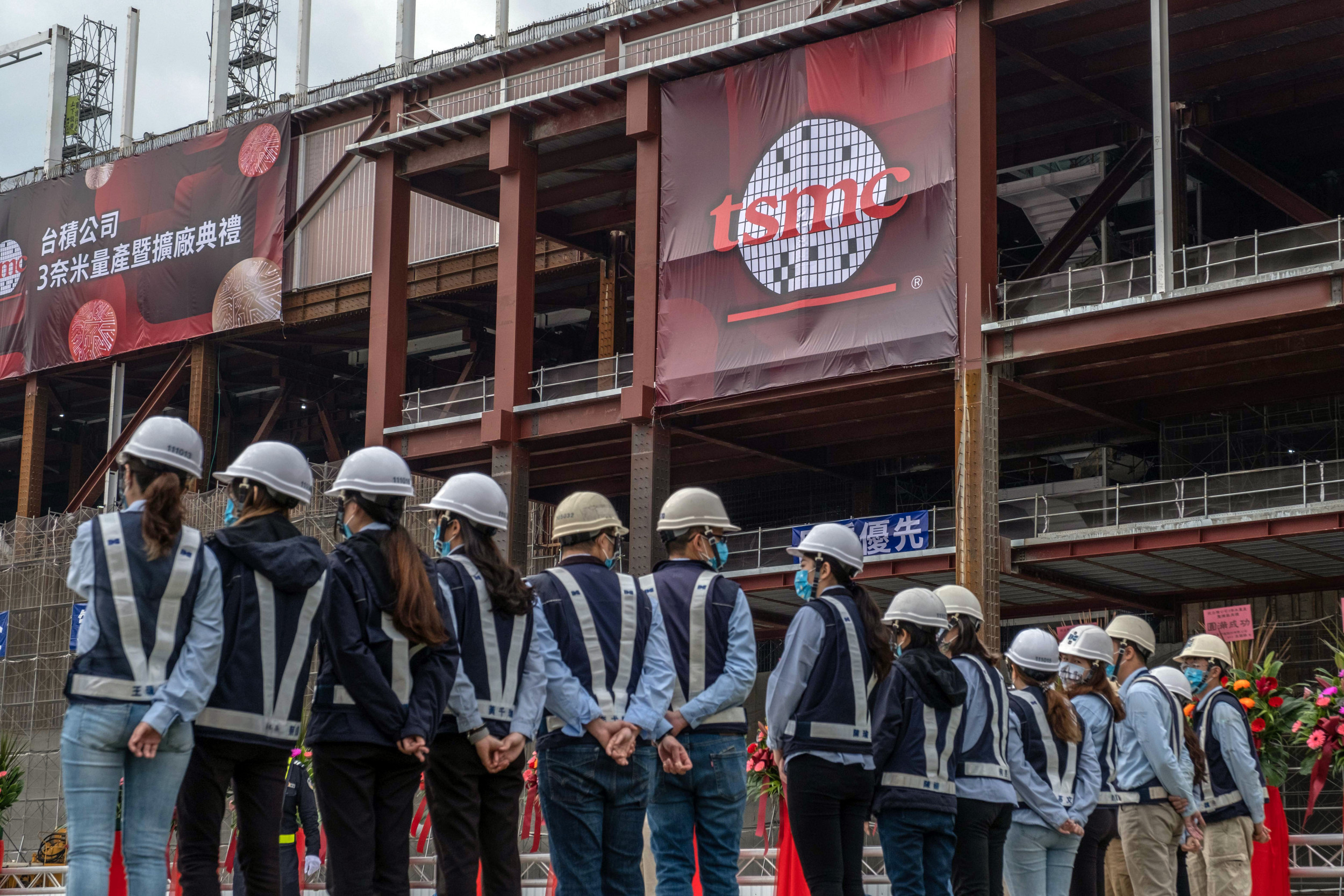The Super Bowl halftime show's evolution reflects broader shifts in entertainment and society, mirroring changing tastes, values, and expectations. From humble beginnings to global spectacles, its trajectory parallels the rise of celebrity culture and the fusion of sports and entertainment.
In recent years, the halftime show has become a platform for social commentary and activism, with artists using their performances to address pressing issues such as race, gender, and politics.
Gracie Hunt's hyped! Chiefs heiress' dad makes the Kansas City fans go wild at Arrowhead Stadium
Related:
Super Bowl halftime show controversies
Perhaps the most infamous moment in halftime show history, Justin Timberlake's "wardrobe malfunction" during a performance with Janet Jackson led to the exposure of Jackson's breast on live television, sparking widespread outrage and controversy.
The incident, known as "Nipplegate," prompted a crackdown on indecency in broadcasting by the Federal Communications Commission (FCC) and left lasting repercussions for both artists.
During Madonna's halftime performance in 2012, rapper M.I.A. caused a stir by flipping the middle finger at the camera during her portion of the show.
The incident resulted in a lawsuit from the NFL, seeking millions in damages for alleged breach of contract and tarnishing the league's reputation.
While the lawsuit was eventually settled, it highlighted the tension between artistic expression and broadcast standards.
In the aftermath of the 2004 "Nipplegate" controversy, the NFL implemented a five-second delay for the halftime show to prevent similar incidents.
The Rolling Stones' performance in 2006 was among the first to be subject to this delay, raising questions about censorship and artistic freedom.
While the band's performance itself was relatively tame, the imposition of the delay underscored the challenges of balancing creative expression with broadcast regulations.
Beyonce's 2016 performance, featuring references to the Black Lives Matter movement, sparked conversations about systemic racism and police brutality.
Similarly, Kendrick Lamar's 2018 appearance highlighted themes of unity and empowerment, resonating with audiences far beyond the confines of the stadium.
At the same time, the halftime show's commercialization and corporatization have raised questions about authenticity and artistic integrity.
 14 hours ago
8
14 hours ago
8


/cdn.vox-cdn.com/uploads/chorus_asset/file/25848831/250124_genesisshowcasesgv60mountaininterventionvehicleconceptatdavos2025_1.jpg)

/cdn.vox-cdn.com/uploads/chorus_asset/file/25623013/247270_Apple_watch_series_10_AKrales_0364.jpg)

)


)

.jpg)








 English (US) ·
English (US) ·